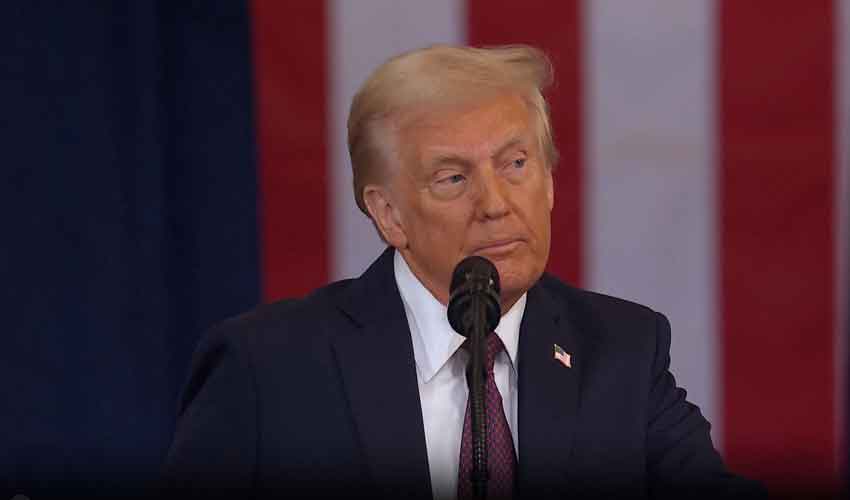Washington:
U.S. President Donald Trump has declared that he will proceed with imposing a 25% border tariff on goods coming from Canada and Mexico. These tariffs will come into effect on February 1.
He explained that this decision was made to address the rising number of illegal immigrants and the growing influx of fentanyl, in addition to reducing the trade deficit. However, Trump also mentioned that no decision has been made yet regarding tariffs on oil from Canada and Mexico.
Speaking to journalists in the Oval Office, Trump stated, “I am also considering something regarding China because they are sending fentanyl into our country, and this is causing us hundreds of thousands of deaths.”
Actions on China:
The President also hinted that he might proceed with imposing an additional 10% tariff on China, a decision he had previously mentioned earlier this month, but he provided no further details.
During his election campaign, Trump had promised to impose tariffs of up to 60% on Chinese products, but upon returning to the White House, he immediately ordered his team to investigate the matter further.
Canada and Mexico’s Response:
Both Canada and Mexico have warned that they will take retaliatory actions in response to U.S. tariffs. However, they assured Washington that they are taking steps to address border concerns.
Impact of Tariffs on Energy:
Imposing tariffs on U.S. oil imports from Canada and Mexico could pose a challenge to Trump’s promise of reducing living costs.
A tariff is an import charge placed on goods produced in another country. Theoretically, taxes on imported goods increase their prices, which leads to lower demand and a preference for local products.
However, the effects of taxes on energy could impact businesses and consumers, driving up prices on everything from gasoline to groceries.
Around 40% of U.S. oil imports come from Canada, making up the majority of crude oil that passes through U.S. refineries.



